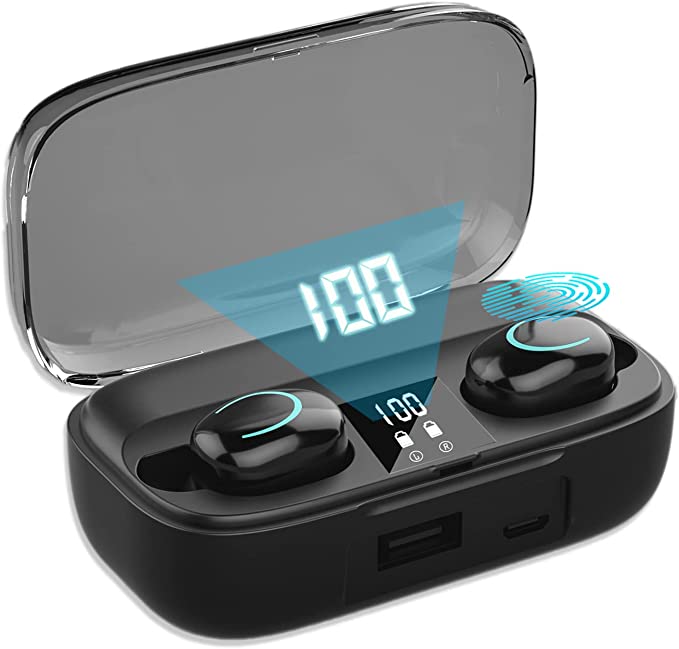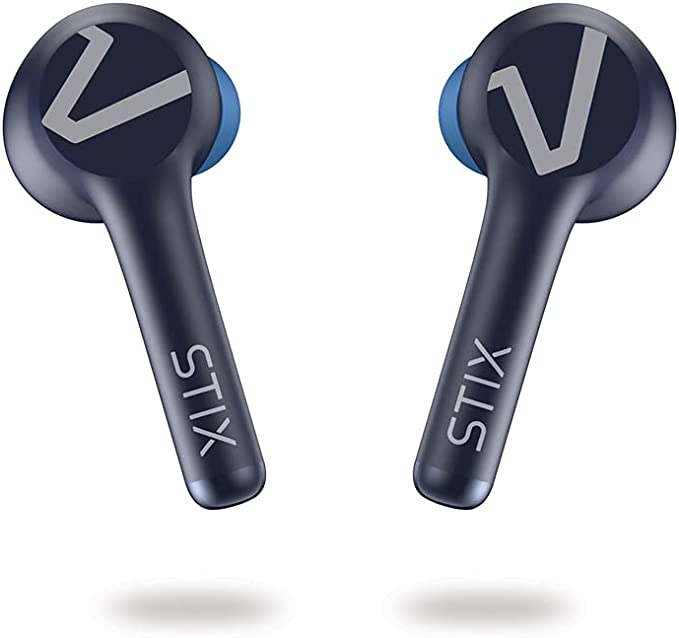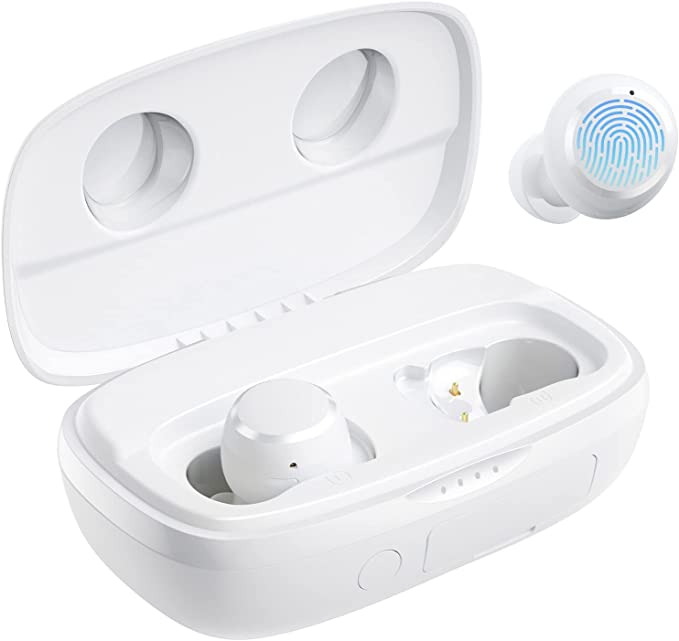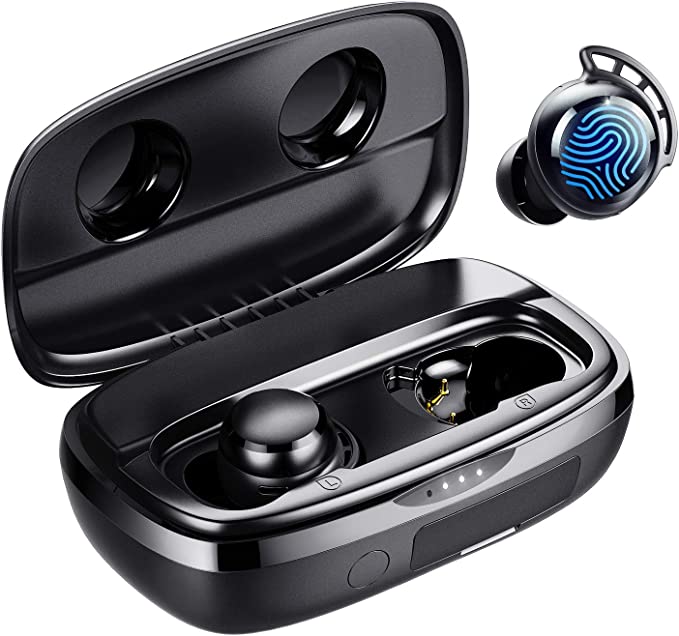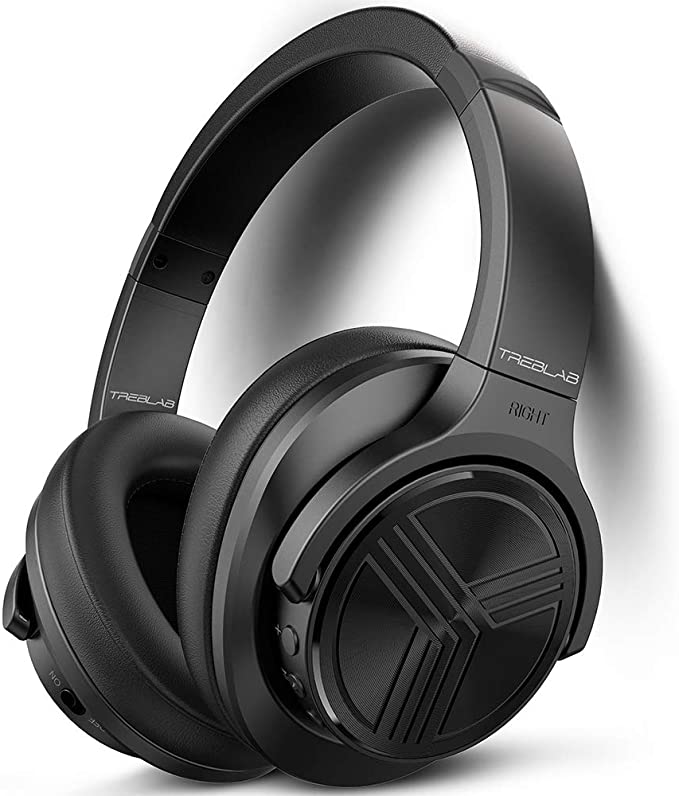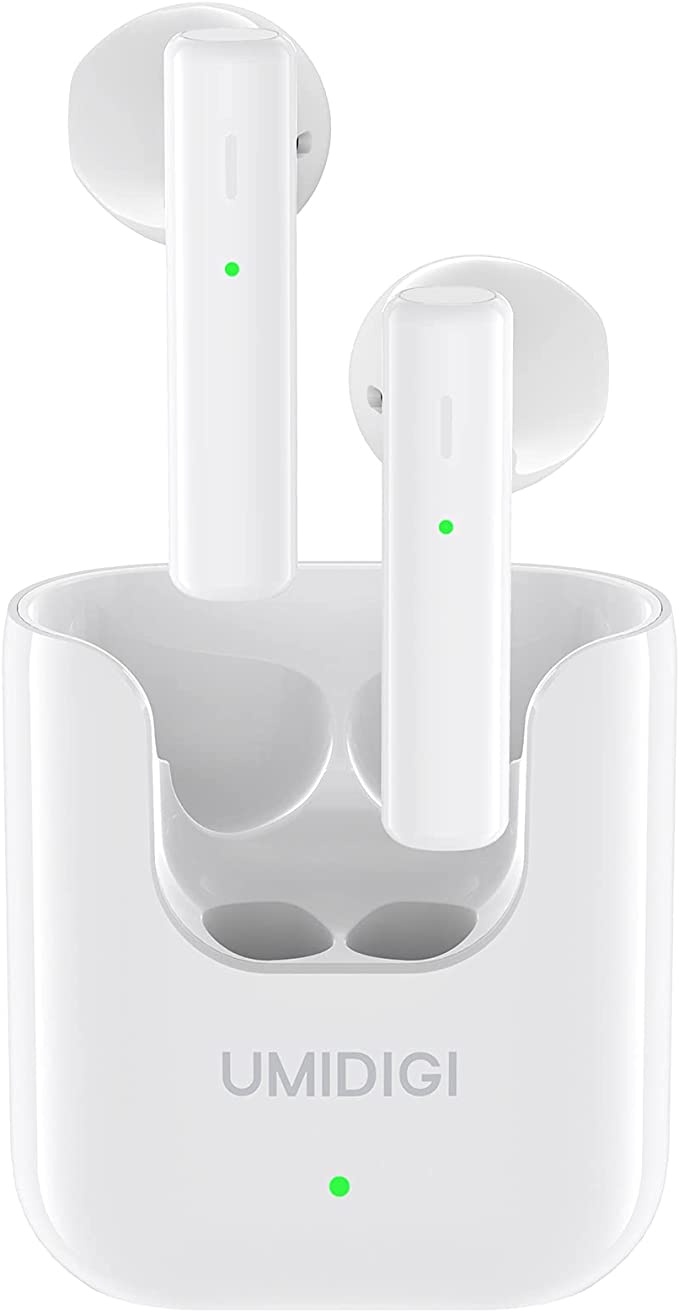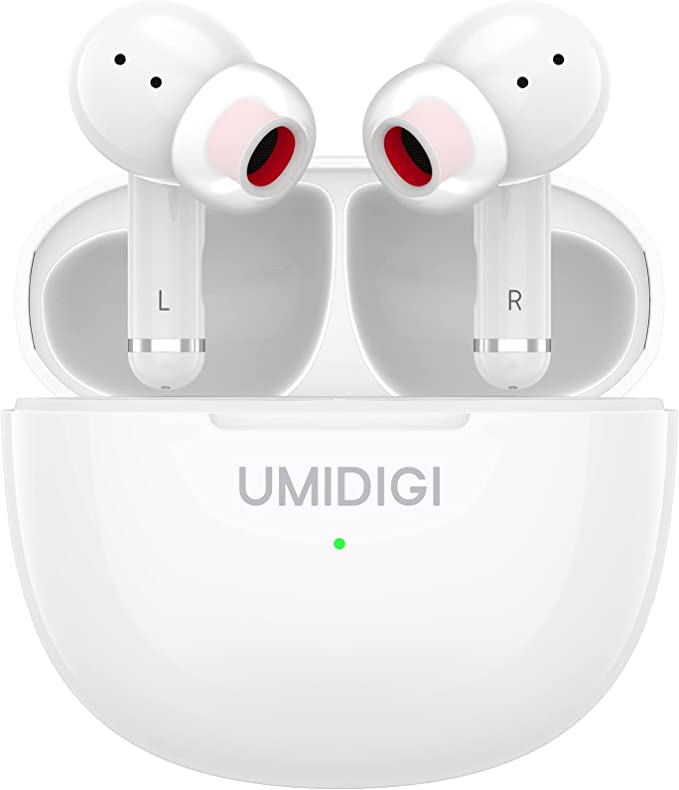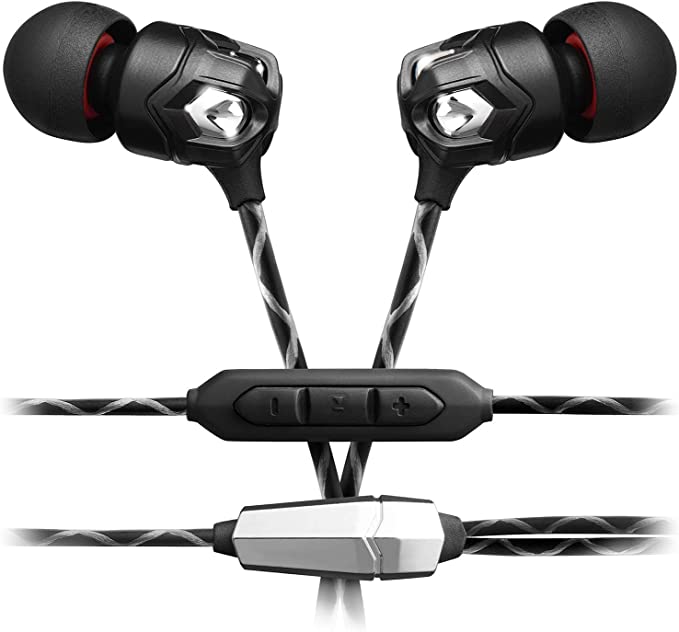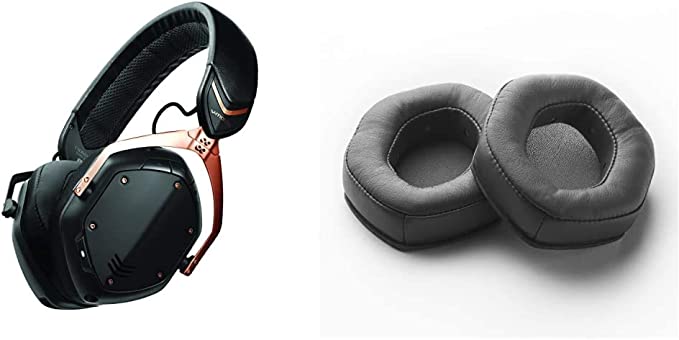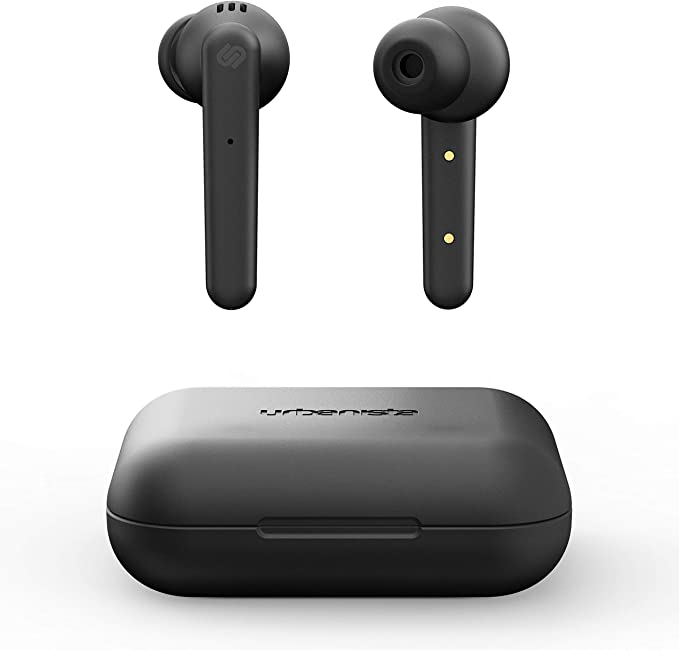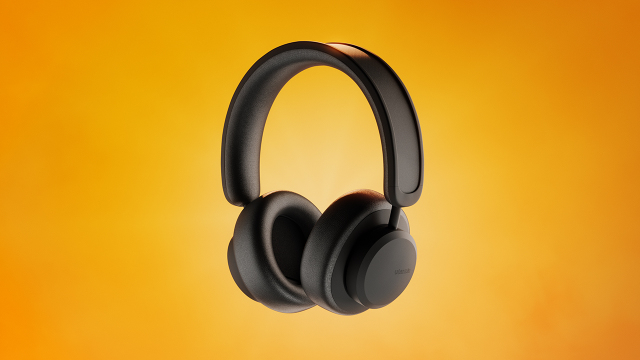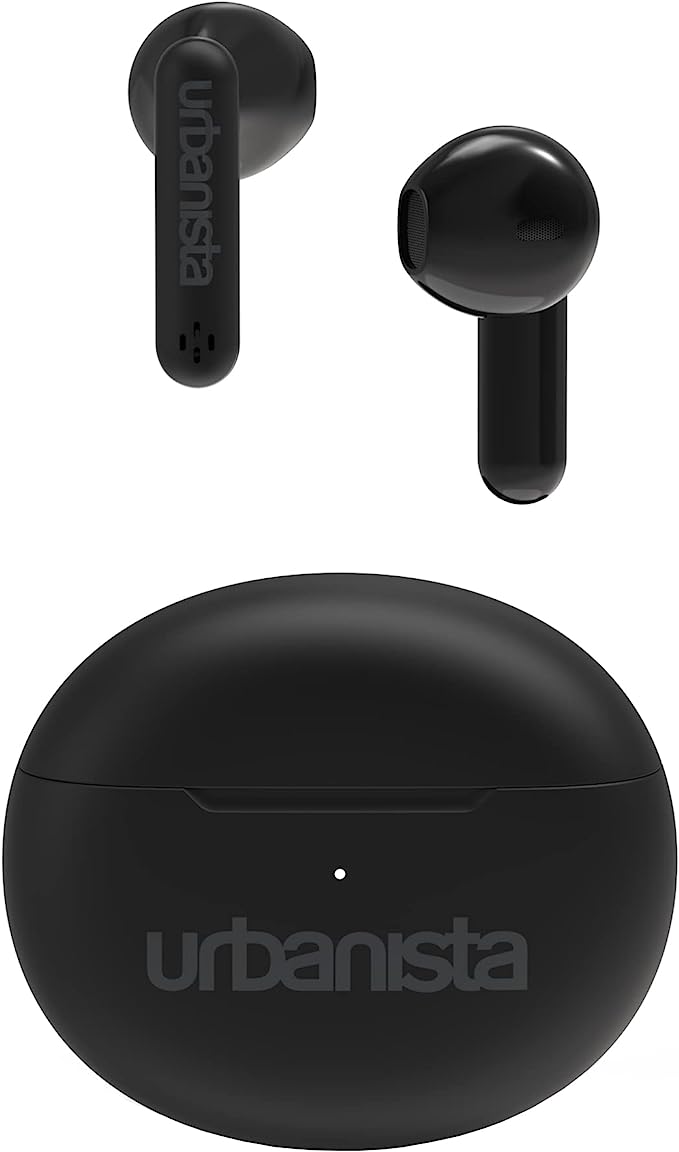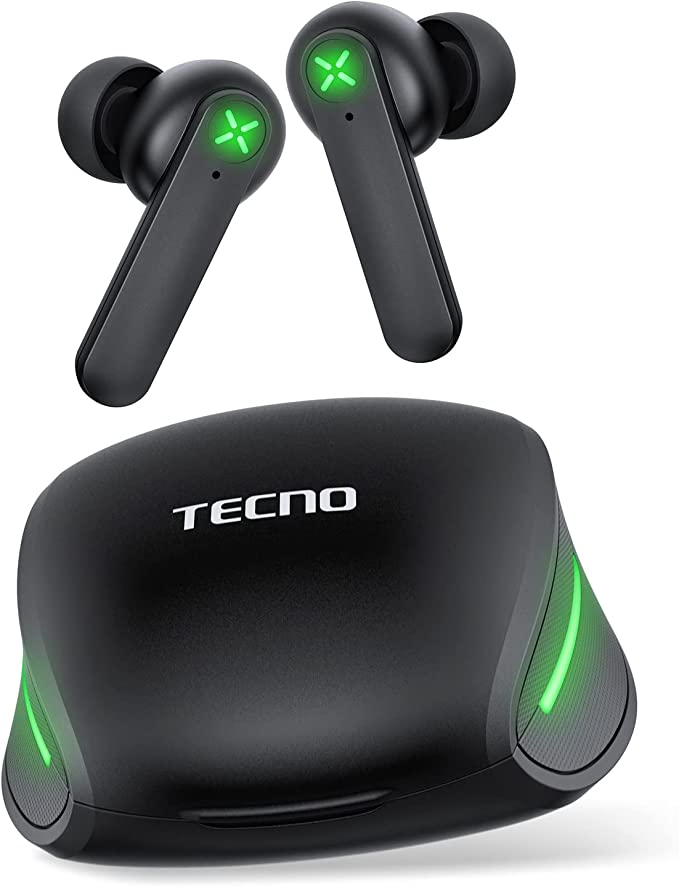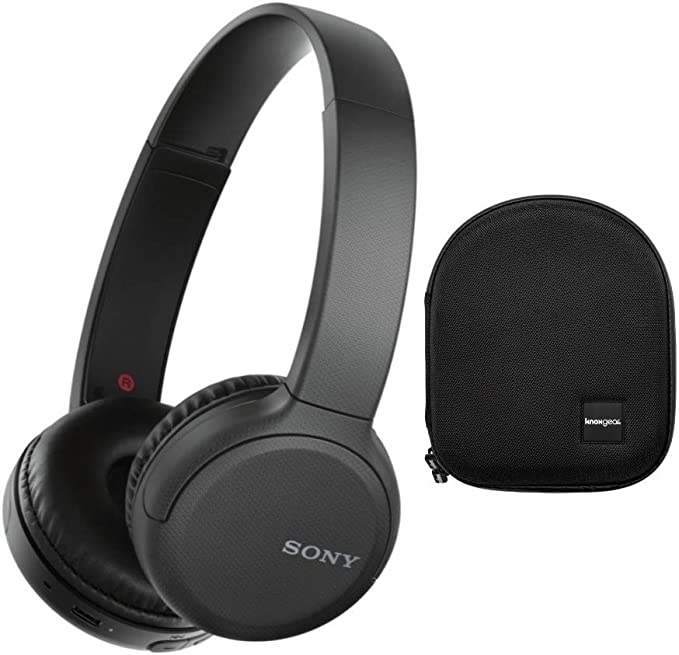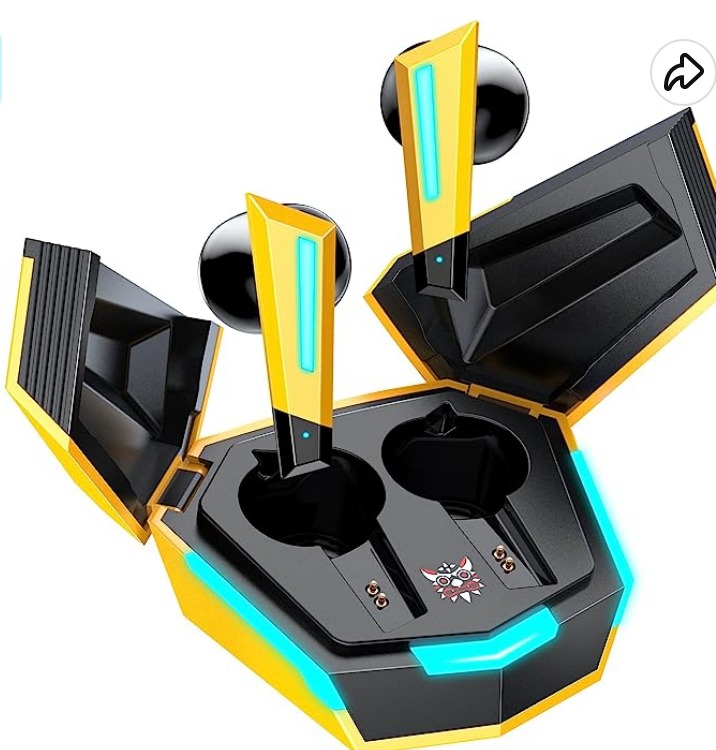Denon RCD-N12 Network CD Receiver: HiFi Audio & HEOS Streaming Explained
Update on April 4, 2025, 3:40 p.m.
We live in an exciting, yet sometimes bewildering, era for audio. Our music libraries are scattered – cherished CDs sit alongside growing vinyl collections, while vast universes of sound await us on streaming services. Our televisions deliver stunning visuals, but often disappoint with their built-in sound. Juggling multiple devices, tangled cables, and complex setups can feel overwhelming. It begs the question: can’t enjoying high-quality audio at home be simpler, more elegant?
For over a century, Denon has been synonymous with audio innovation and quality sound reproduction. They’ve navigated the evolution from early phonographs to the digital age, consistently striving for audio excellence. Understanding the modern listener’s dilemma, Denon offers solutions that bridge the gap between cherished traditions and cutting-edge technology.
Enter the Denon RCD-N12 Network CD Receiver. To call it just a “box” would be an understatement. Think of it instead as a sophisticated central nervous system for your home audio. It’s designed to elegantly consolidate your diverse music sources – physical media, radio, streaming, even your turntable – and integrate seamlessly with your television, all while delivering the high-fidelity sound Denon is known for. It promises not just features, but a cohesive and satisfying audio experience, housed within a compact and aesthetically pleasing design suited for contemporary living spaces. Let’s delve deeper, not just into what it does, but how it achieves this, exploring the technology that makes it tick.

Where Tradition Meets Today: Your Music Sources
In an age dominated by streaming, the RCD-N12 respectfully acknowledges that our connection to music often involves tangible media and classic broadcasts. It thoughtfully incorporates these foundational sources.
The Enduring Shine of the Compact Disc: Beyond Nostalgia
Long before playlists lived in the cloud, the Compact Disc brought digital audio into millions of homes. The RCD-N12 features a high-quality, slot-loading CD player, reminding us why this format remains relevant for many. But how does a CD work its magic? In essence, a laser beam reads microscopic pits and lands etched onto the disc’s surface. These represent digital data – the 1s and 0s of the music. This data is then read, error-corrected, and sent to the Digital-to-Analog Converter (DAC) for transformation into sound waves. For those with extensive CD collections, the RCD-N12 offers a direct, high-fidelity way to enjoy them without needing a separate player, preserving the ritual and focused listening experience that physical media encourages. Denon has a long history in CD player technology, and that experience informs the design here.
Tuning the Airwaves: The Simple Reliability of AM/FM Radio
Sometimes, the simplest pleasures are the best. The built-in AM/FM tuner provides access to local news, sports, talk shows, and music broadcasts with the turn of a dial (or press of a button). Radio technology, while seemingly basic compared to network streaming, relies on transmitting audio signals via electromagnetic waves. The RCD-N12’s tuner captures these waves using the included antennas, demodulates the signal to extract the audio information, and plays it through your system. It’s a straightforward, reliable source for background listening or discovering new local content, requiring no internet connection or subscription.
The Vinyl Revival’s Ally: Understanding the Phono Connection
The resurgence of vinyl records is undeniable. Many listeners cherish the tactile experience and perceived warmth of analog playback. Recognizing this, the RCD-N12 includes a crucial feature often omitted in modern integrated systems: a Phono input specifically for Moving Magnet (MM) cartridges.
Why is this special input needed? Turntables produce a very low-level electrical signal, much weaker than sources like CD players or streamers. Furthermore, due to the physical limitations of cutting grooves onto a record, the bass frequencies are reduced, and treble frequencies boosted during mastering. This requires a two-stage process in the receiver:
1. Amplification: The phono preamplifier (or phono stage) inside the RCD-N12 significantly boosts the weak signal from the MM cartridge.
2. RIAA Equalization: It applies a standardized inverse equalization curve, known as the RIAA curve, to restore the original balance of bass and treble frequencies.
Without a dedicated phono stage implementing the RIAA curve, connecting a turntable directly to a standard line-level input would result in very quiet, thin, and harsh sound. The inclusion of an MM phono input makes the RCD-N12 a welcoming hub for vinyl enthusiasts, allowing them to directly connect most common turntables without needing an external phono preamplifier.
Unleashing Wireless Realms: Streaming with HEOS and Friends
While respecting traditional sources, the RCD-N12 fully embraces the world of wireless and networked audio, offering multiple paths to sonic freedom.
Navigating the Wireless Waves: Bluetooth vs. Wi-Fi
The system offers both Bluetooth and Wi-Fi connectivity, each suited for different scenarios:
- Bluetooth: Think of Bluetooth as a simple, direct wireless handshake. It allows you to quickly pair your smartphone, tablet, or computer and stream audio directly to the RCD-N12. It’s incredibly convenient for casual listening or when guests want to share music. However, Bluetooth has limitations in range and bandwidth compared to Wi-Fi. The audio is always compressed using codecs like SBC (standard), and potentially AAC or aptX (the specific codecs supported by the RCD-N12 aren’t listed in the source material, but AAC is common for Apple devices). While convenient, Bluetooth audio quality might not reach the potential of other methods.
- Wi-Fi (and Ethernet): Connecting the RCD-N12 to your home network via Wi-Fi (or the more stable wired Ethernet port) unlocks a higher realm of audio quality and functionality. Wi-Fi offers significantly more bandwidth than Bluetooth, enabling the transmission of higher-resolution, potentially lossless audio streams. More importantly, it enables access to sophisticated network audio features, primarily through the HEOS ecosystem. For optimal stability, especially with high-resolution files or in areas with Wi-Fi congestion, a wired Ethernet connection is generally recommended if feasible.
HEOS Unveiled: Your Home, Filled with Music
HEOS (Home Entertainment Operating System) is Denon and Marantz’s proprietary wireless multi-room audio platform, built into the RCD-N12. It’s the key to unlocking a truly modern, flexible listening experience. Imagine it as an intelligent traffic controller for your music throughout your home. Here’s what HEOS enables:
- Multi-Room Magic: This is the core appeal. You can group the RCD-N12 with other HEOS-compatible speakers or devices (like Denon Home speakers) in different rooms. Play the same song perfectly synchronized throughout the house for a party, or stream different music to different zones simultaneously – perhaps classical music in the living room while someone else listens to a podcast in the kitchen. Achieving this synchronization over a potentially busy home Wi-Fi network is technically challenging, requiring precise timing protocols to ensure music arrives at each speaker without audible delays or echoes.
- Direct Streaming Service Access: Via the free HEOS app (iOS/Android), you can log into popular music services like Spotify (using Spotify Connect for seamless control from the Spotify app), Pandora, Tidal, TuneIn (for internet radio from around the globe), and others. The RCD-N12 streams the music directly from the internet, not from your phone (unless streaming local phone files via the app), often resulting in better quality and freeing up your phone.
- Network Music Library Access: HEOS allows the RCD-N12 to discover and play music stored on computers or Network Attached Storage (NAS) drives connected to your home network. It uses common network protocols like UPnP (Universal Plug and Play) or DLNA (Digital Living Network Alliance) to browse and stream your personal digital music library, including high-resolution files.
- Centralized Control: The HEOS app acts as the command center for selecting sources, managing playback, grouping rooms, and adjusting volume across your entire HEOS system.
- Voice Control Integration: The RCD-N12 is compatible with Amazon Alexa, allowing you to use voice commands through an Alexa device (like an Echo Dot) for basic functions like volume control, track skipping, or initiating playback from supported services.
Speaking Apple’s Language: AirPlay 2 Integration
For users invested in the Apple ecosystem, the inclusion of AirPlay 2 is a significant benefit. AirPlay 2 allows easy streaming of any audio from an iPhone, iPad, or Mac directly to the RCD-N12 over your Wi-Fi network. Compared to the original AirPlay, AirPlay 2 offers improved buffering for better stability and enables multi-room audio control within the Apple Home app, allowing you to group the RCD-N12 with other AirPlay 2-compatible speakers (from various brands) for synchronized playback.
The Hub of Your Entertainment: Connecting Everything
A modern audio hub needs to communicate effortlessly with the rest of your entertainment gear. The RCD-N12 offers a thoughtful selection of inputs and outputs.
HDMI ARC - The TV Audio Game Changer
Perhaps one of the most impactful connections for daily use is HDMI ARC (Audio Return Channel). Before ARC, connecting TV sound to an audio system typically required a separate optical or analog cable. HDMI ARC cleverly utilizes the existing HDMI cable already connecting your devices. Here’s how it works:
1. Audio Return: It allows the audio signal from your TV (whether from its internal tuner, smart TV apps, or other devices plugged into the TV’s other HDMI inputs, like a game console or streaming stick) to travel back down the HDMI cable to the RCD-N12’s dedicated HDMI ARC port.
2. CEC Control: HDMI ARC often works hand-in-hand with CEC (Consumer Electronics Control), a protocol embedded within HDMI. CEC allows devices to control each other. In this context, it frequently enables you to control the RCD-N12’s power status (turning on/off with the TV) and volume using your TV’s remote control.
The result? A single cable connection for significantly better TV sound through your main speakers, plus the convenience of using just one remote for basic volume adjustments. It dramatically simplifies the integration of your audio system into your living room setup.

Digital Bridges and Analog Ties
Beyond HDMI ARC, the RCD-N12 provides other essential connections:
- Optical Digital Input (Toslink): A reliable alternative for connecting digital audio from older TVs, Blu-ray players, or game consoles that might lack HDMI ARC. It transmits audio data using light pulses through a fiber optic cable.
- Analog RCA Input: A standard pair of line-level inputs for connecting legacy devices like cassette decks, external DACs, or even audio from a computer’s headphone jack (using an appropriate adapter cable).
The Front-Panel USB Port: Your Digital Music Library Access
Located conveniently on the front panel, the USB-A port serves a specific purpose: playing music files directly from USB mass storage devices, such as thumb drives or compatible external hard drives (likely formatted in FAT32 or possibly NTFS – the documentation should specify). It’s crucial to understand this port is not designed for: * Direct digital audio input from a computer (like a USB DAC connection). * Charging smartphones or tablets (it likely provides minimal power). * Direct playback control from a connected smartphone acting as storage.
However, for playing your curated digital music files, it’s very useful. The RCD-N12 supports a wide range of popular formats via USB, including lossy files like MP3, WMA, and AAC, as well as high-resolution lossless formats like FLAC (up to 192kHz/24-bit), ALAC (up to 192kHz/24-bit), WAV (up to 192kHz/24-bit), and even DSD (2.8MHz and 5.6MHz). This broad compatibility makes it easy to enjoy high-quality digital music without relying on network streaming. Some users have noted, however, that the playback logic involves adding tracks to a queue, which might require using specific playback options (like “Play Now and Clear Queue”) for folder-based listening, reflecting a software design choice.
The Heart of the Sound: Amplification, Conversion, and Speaker Harmony
Ultimately, an audio system is judged by how it sounds. The RCD-N12 integrates the core components responsible for transforming source signals into captivating music.
Powering Your Speakers: Watts, Ohms, and the Sensitivity Dance
The RCD-N12 incorporates an integrated stereo amplifier rated at 65 Watts per channel into 6 ohms (measured at 1kHz with 0.7% Total Harmonic Distortion - THD). Let’s unpack this specification:
- Watts (Power): This figure indicates the amplifier’s ability to deliver electrical power to the speakers. 65 watts per channel is a respectable amount for a compact system, generally sufficient to drive typical bookshelf speakers or smaller, efficient floorstanding speakers to satisfying volume levels in small to medium-sized rooms.
- Ohms (Impedance): This measures the speaker’s resistance to the electrical current flowing from the amplifier. Think of it like the width of a water pipe – a lower ohm rating (like 4 ohms) means lower resistance (wider pipe), demanding more current from the amplifier, while a higher rating (like 8 ohms) means higher resistance (narrower pipe). The RCD-N12 is rated for speakers with impedance ranging from 4 to 16 ohms, showing good versatility. The 6-ohm power rating is a standard reference point, possibly where the amplifier design is optimized or where Denon chose to perform the standard measurement.
- The Matching Game (Impedance & Sensitivity): Driving speakers effectively isn’t just about watts. Speaker Sensitivity (measured in decibels, dB, usually dB/W/m or dB/2.83V/m) is equally crucial. Sensitivity indicates how loud a speaker will play with a given amount of power. A higher sensitivity speaker (e.g., 90dB or more) requires less power to reach a certain volume than a lower sensitivity speaker (e.g., 85dB).
- Therefore, while the RCD-N12 can technically handle 4-ohm to 16-ohm speakers, it will perform most comfortably and dynamically with speakers that are either rated around 6 ohms or have a relatively high sensitivity if they are 8-ohm models. Pairing it with very demanding, low-sensitivity 8-ohm speakers might result in the amplifier struggling to deliver high volume levels cleanly, as some user observations indirectly suggest when mentioning power limitations for their specific (potentially demanding) speakers. Always check both the impedance and sensitivity of your intended speakers.
- Amplifier Class (Likely Class D): While the source material doesn’t specify the amplifier topology, compact, efficient designs like the RCD-N12 very commonly use Class D amplification. Class D amps work by converting the audio signal into high-frequency pulses (Pulse Width Modulation - PWM), amplifying these pulses efficiently, and then filtering them to reconstruct the analog audio wave. Their high efficiency means less power is wasted as heat, allowing for smaller heatsinks and more compact product designs – a perfect fit for the RCD-N12’s form factor.
From Bits to Bliss: The Critical Role of the DAC
Whether playing a CD, streaming over Wi-Fi, or receiving audio via HDMI or Optical, the signal initially exists in the digital domain (as 1s and 0s). To become audible sound, it must be converted into an analog electrical wave that the amplifier can understand. This crucial translation job is performed by the Digital-to-Analog Converter (DAC).
Denon describes the RCD-N12 as having a “Premium DAC.” While the specific chip model isn’t revealed, a high-quality DAC implementation is vital for sound fidelity. Its tasks include: * Accurate Conversion: Precisely translating the digital values into corresponding analog voltage levels. * Low Noise & Distortion: Performing the conversion without adding unwanted noise or altering the signal’s purity. * Timing Precision (Low Jitter): Digital audio relies on precise timing. Variations in this timing, known as jitter, can smear sonic details and affect imaging. A good DAC implementation minimizes jitter. The quality of the internal master clock and the surrounding circuitry are critical here.
Essentially, the DAC is the bridge between the digital source and the analog amplifier. A better DAC translates the digital blueprint into a more faithful, detailed, and natural-sounding analog reality for the amplifier to work with.
Expanding Your Sonic Horizons: Subwoofer and Pre-Out Utility
The RCD-N12 offers pathways for enhancing or expanding your system:
- Subwoofer Pre-out: This dedicated RCA output sends a line-level signal specifically intended for a powered (active) subwoofer. Adding a subwoofer can significantly improve bass depth and impact, relieving the main speakers of heavy lifting in the lowest frequencies, often leading to clearer midrange performance as well.
- Analog Audio Pre-outs: This pair of RCA outputs provides a line-level stereo signal taken before the RCD-N12’s internal power amplifier stage. This is a valuable feature for flexibility:
- Connect a More Powerful Amplifier: If you need more power for demanding speakers or a larger room, you can use the RCD-N12 purely as a source/preamplifier and connect its pre-outs to a separate, more powerful stereo amplifier.
- Connect Powered Speakers: You can directly connect a pair of active (powered) speakers that have their own built-in amplifiers, bypassing the RCD-N12’s internal amp. (Whether this pre-out is fixed or variable volume controlled isn’t specified in the source, which impacts direct connection convenience to some powered speakers).
Personal Listening Post: The Headphone Output
For private listening sessions, a standard headphone jack is conveniently located on the front panel, driven by its own internal headphone amplifier circuit.
In Day-to-Day Use: Control and Considerations
Beyond the core technology, the user experience matters.
At Your Fingertips: Quick Selects and Remote Operation
Denon includes three Quick Select buttons on the unit’s top panel and the remote control. These allow you to store and instantly recall favorite sources or settings – perhaps your preferred internet radio station, the CD player, or the HDMI ARC input – streamlining common operations. A traditional infrared remote control provides access to all essential functions.
The HEOS App Journey: Navigating the Control Center
For network features, the HEOS app becomes the primary interface. It allows Browse streaming services, accessing network libraries, grouping rooms, and controlling playback. While powerful, setting up HEOS, connecting to Wi-Fi, and logging into services via the app can involve a learning curve, especially for users new to networked audio ecosystems, as suggested by some general user feedback patterns for such systems. Patience during initial setup is likely beneficial to unlock the full potential.
Nuances Noted: User Observations
When considering any complex device, insights from user experiences (drawn from the provided source material) can add context. For the RCD-N12 (specifically the 2023 model, as earlier reviews pertain to different units like the N7 or N10):
* The USB playback’s default queuing behavior was noted by one user, who also found a workable solution (“Play Now and Clear Queue”). This highlights that feature-rich devices sometimes have specific operational logic.
* While most users appear satisfied (reflected in the average rating), isolated reports mentioning issues like CD player failure or Bluetooth connectivity problems after several months exist. As with any electronic device, individual experiences can vary, and understanding the warranty terms is always prudent.
* The discussion around amplifier power reinforces the importance of careful speaker matching (considering both impedance and sensitivity) to achieve desired performance levels.

Synthesizing Tradition and Tomorrow: The RCD-N12 in Perspective
The Denon RCD-N12 isn’t just a collection of features; it represents a thoughtful synthesis of audio’s past, present, and future. It respects the value of physical media like CDs and vinyl while fully embracing the convenience and vastness of network streaming and multi-room audio through HEOS. Its inclusion of HDMI ARC makes it a natural partner for enhancing television sound, transforming it into a true home entertainment hub.
Who is the RCD-N12 ideally suited for? It resonates strongly with those living in apartments, condos, or homes where space is a consideration, yet audio quality and versatility are desired. It appeals to music lovers who have diverse sources – from legacy formats to cutting-edge streams – and want a single, elegant device to manage them all. It’s for the individual or family seeking to simplify their setup, reduce clutter, and elevate their everyday listening, whether it’s background music, focused CD sessions, enhanced movie nights, or synchronized whole-home audio.
The RCD-N12 embodies a philosophy of integrated, accessible high-fidelity sound. It packs a wealth of technology into its compact chassis, requiring a degree of user engagement to unlock its full capabilities via the HEOS app. By understanding the purpose behind its features – the convenience of ARC, the power of HEOS, the necessity of the Phono stage, the critical role of the DAC and amplifier – users can make informed decisions and truly appreciate how this capable unit can empower their audio life. It stands as a compelling example of balancing tradition and innovation in the pursuit of better sound for modern living.





